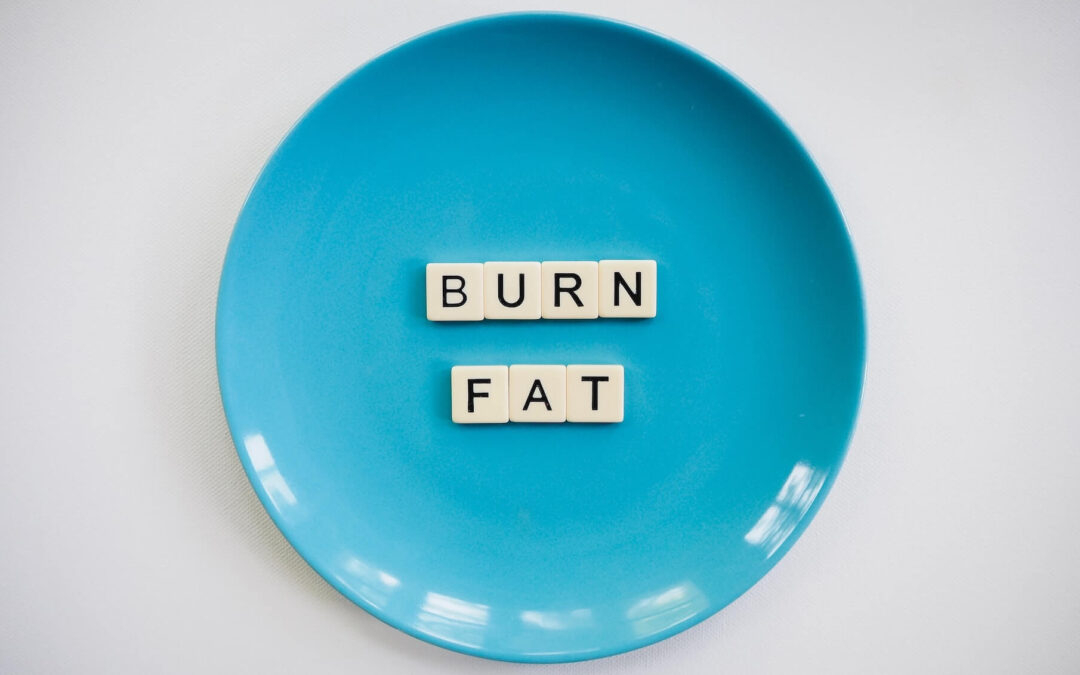What’s a simple, easy, effective workout for the biggest fat loss effects? While many still advocate for long cardio sessions, the truth is, they may not be the most effective approach. Despite spending hours on treadmills or ellipticals, some individuals struggle to shed stubborn weight. Why isn’t cardio the ultimate solution for fat loss? Let’s delve into the science and explore the best exercises for achieving sustainable fat loss and maintaining it over time.
Cardio Versus Resistance Training
Aerobic exercise raises your metabolism up to 12 hours after exercise. High intensity sprints or resistance exercise (using weights) raise the metabolism up to 48 hours (really intense weight lifting up to 72 hours).
The body becomes more energy-efficient with lower-intensity aerobic exercise, resulting in fewer calories burned during subsequent sessions. Prolonged aerobic activity triggers the production of stress hormones, which can lead to muscle breakdown and a decrease in metabolism. Long-distance athletes may appear lean but often have higher body fat and less muscle mass compared to sprinters due to muscle breakdown from prolonged stress hormone exposure. In a personal involvement in an Exercise Science study at Sydney University comparing intermittent sprinting and continuous lower-intensity exercise, we made the following observations:
1. Three times more body weight loss was achieved for the sprint group, while performing only around half the total volume of exercise.
2. The higher intensity sprint training yields a greater oxygen consumption (during and after exercise), greater heart rate response, higher levels of circulating catecholamines, burns more energy per unit time, raises metabolism for longer, and recruits a higher percentage of muscle fibres within the working muscle.
3. For the same amount of external work completed by both study groups, the sprint training came out as energy inefficient in comparison, which in this situation is a good thing.
While high-intensity sprint or interval training is indeed more effective for fat loss due to its ability to boost metabolism and burn calories long after the workout, incorporating lower intensity, steady-state cardiovascular training is equally crucial. Recent research indicates that lower intensity aerobic exercise helps improve overall cardiovascular health, enhances endurance, and promotes recovery between high-intensity sessions. Additionally, it aids in building an aerobic base, which is essential for supporting prolonged physical activity and optimising fat metabolism during longer-duration workouts. Moreover, steady-state cardio serves as a valuable active recovery tool, reducing muscle soreness and preventing overtraining (which can occur with too much high intensity training), thus allowing for more consistent and sustainable training efforts over time. In essence, combining both high-intensity and low-intensity cardiovascular training offers a comprehensive approach to fat loss and overall fitness, ensuring a well-rounded and balanced exercise regimen.
Fat Burning Workout – Outdoor
Here is an example of an advanced fat-burning workout designed for outdoor settings. Personal instruction is highly recommended for optimal results and safety.
A1. One set of Tabata Sprints on grass or soft sand: 20 seconds of sprinting followed by 10 seconds of rest, repeated 8 times. (Insanely tougher than you’d expect). Rest for 3-5 minutes afterward.
A2. Sandbag Throws: Fill a sandbag with about a quarter to a third of your body weight. Stand with your feet slightly wider than hip-width apart near the bag. Squat down, hinge forward from your hips, and grip the bag. Clean it up, catching it under your forearms while extending your hips and posteriorly rotating your pelvis. Use your legs and hips to drive the movement, keeping your core engaged to protect your spine. Once caught, immediately toss the bag over one shoulder, again bracing your core. Repeat on the other side for a total of 8 tosses (4 on each side). Rest for 3-5 minutes. You may conclude your workout here or opt for one more set, though one set is typically sufficient.
Fat Burning Workout – Gym
Personal instruction highly recommended (advanced workout).
A1. Sumo Deadlift: Select a weight that allows you to complete 4-6 reps with proper form (this should feel challenging) and aim for 3-4 sets.
For videos and instruction on how to do a sumo deadlift plus a variety of other traditional lifts (conventional deadlift, back squat, front squat, military press, pull-up, bench press), my online coaching will teach it all, including mobility, prep-work and assistance lifts.
A2. Dumbbell Clean to Overhead Press: Aim for 3-8reps X 3-4 sets.
A3. Torsionator / Landmine Complete 10-12 reps total, alternating sides X 3-4 sets.
These workouts are short but intense, so be cautious not to overexert yourself with excessive volume.
When it comes to fat loss, nutrition and stress management are crucial. Stressors can range from financial concerns to digestion issues or poor sleep quality, all of which can trigger cortisol production, leading to increased fat storage. It’s important to identify and address sources of stress in your life to support your fat loss goals effectively.
In conclusion, effective fat loss requires a combination of high and low-intensity workouts, strategic strength training, and attention to nutrition and stress management. While short, intense workouts like Tabata sprints and sandbag throws can be incredibly effective for torching calories and building lean muscle, they should be balanced with lower-intensity cardiovascular exercise and strength training to optimize results and prevent overtraining. By incorporating a variety of exercises that target different muscle groups and energy systems, and by paying attention to both physical and mental well-being, you can achieve sustainable fat loss and improve overall health and fitness.
Key Tips
- Get an assessment by a medical or exercise professional before commencing any high intensity or advanced weight training programs. This includes the exercises suggested above!
- Choose full body movements and keep the weights heavy (under supervision with strict form).
- Change your program every 4-6 weeks. This could even be as simple as changing from a wide to a narrow squat stance, or changing the tempo of your lift, etc. The body gets efficient so keep changing the stimulus to avoid plateaus.
